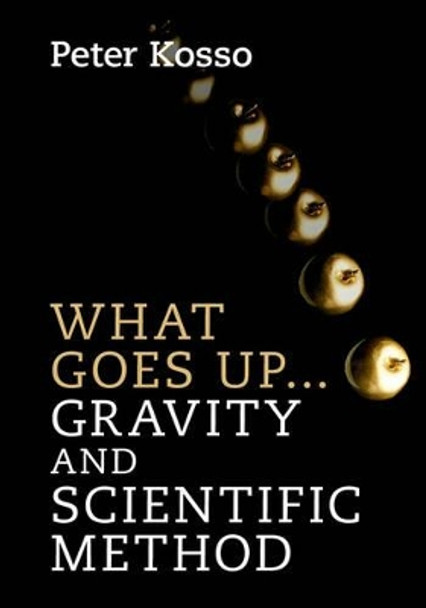Description
This book explores the history of gravity, from Aristotle to Einstein, as a detailed case study for explaining scientific method for non-specialists.
About the Author
Peter Kosso is a philosopher of science. He taught physics at Montana State University, and taught philosophy first at Northwestern University, Illinois and then at Northern Arizona University. He is the author of Reading the Book of Nature, Appearance and Reality, and Knowing the Past, as well as numerous articles on relativity, quantum mechanics, astronomy, and scientific method.
Reviews
'In Kosso's most recent work, the philosopher and physicist exhibits precision in language and thought. In a sense, What Goes Up is three works in one. A history of physics is intertwined with a non-mathematical conceptual physics text. Arising out of these two comes a philosophy of physics glue that binds the first two together. The evolution of one's 'understanding of gravity' ... is used as the narrative, leading the reader from cover to cover. Philosophically, Kosso ... helps the reader appreciate the scientific method as it comes to maturity out of a cooperation between observation and theory. He discusses such topics as the 'distinction between description and explanation', instrumentalism, and causal mechanisms. Especially easy to follow is his conceptual presentation on the metric and the manner in which the principle of equivalence leads to the gravitational red shift and the slowing of clocks - both normally difficult topics in general relativity.' J. F. Burkhart, CHOICE
'I would say that it is about how scientific knowledge develops over time, using the historical evolution of our understanding of gravity as a guiding thread. ... What Goes Up ... is certainly an excellent guide to the science of gravity and its historical evolution, from the standpoint of a 21st century expert. It is interesting, for instance, to compare the 'theories of principle' of Aristotle and Einstein with the 'constructive theory' of Newton. ... The text is well written and accessible. My teenage children learned about non-Euclidean geometry from figures in the book and were intrigued by the thought that gravity is not a force field but rather a metric field, which determines the straightest possible lines (geodesics) between two points in space-time.' Carlos Lourenco, CERN Courier
Book Information
ISBN 9781107129856
Author Peter Kosso
Format Hardback
Page Count 232
Imprint Cambridge University Press
Publisher Cambridge University Press
Weight(grams) 620g
Dimensions(mm) 254mm * 178mm * 15mm







